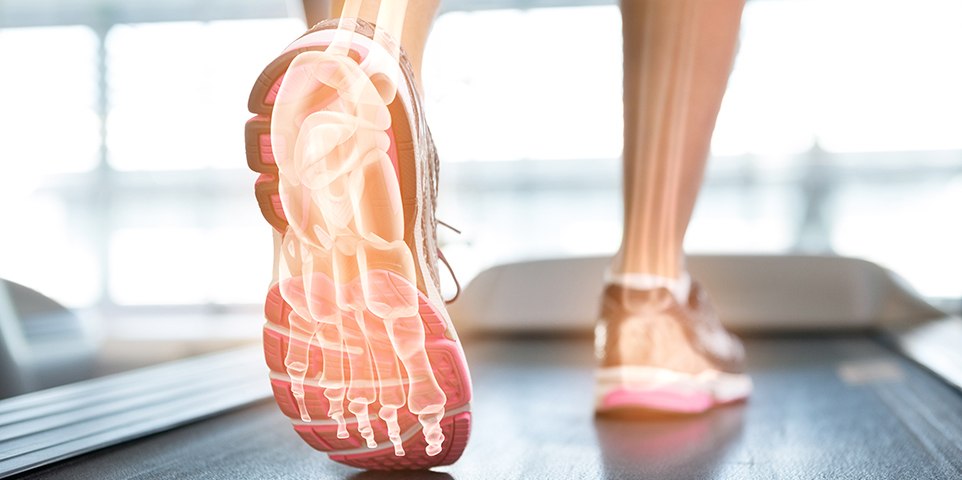MEMBERSHIP
AMPLIFY
EN ESPAÑOL
Connect With Us
- Popular search terms
- Automobile
- Home + Renters
- Claims
- Fraud
- Hurricane
- Popular Topics
- Automobile
- Home + Renters
- The Basics
- Disaster + Preparation
- Life Insurance

According to the National Safety Council (NSC), in 2024 exercise and exercise equipment accounted for an estimated 564,845 injuries, the most in any sports and recreation category.
|
|||||||||||||||||||||||||||||||||||||||||||||||||||||||||||||||||||||||||||||||||||||||||||||||||||||||||||||||||||||||||||||||||||||||||||||||||||||||||||||||||||||||||||||||||||||||||||||
(1) Treated in hospital emergency departments.
(2) Not reported.
Source: National Safety Council analysis of U.S. Consumer Product Safety Commission NEISS data. National Safety Council. Injury Facts®.
According to the National Highway Transportation Safety Administration (NHTSA), 1,166 pedalcyclists were killed in 2023, a 2.9 percent increase from 2022. Starting in 2022, pedalcyclists include people on motorized bicycles. In 34 percent of all fatal crashes with pedal cyclists in 2023, alcohol was involved—either via the motor vehicle driver or the cyclist. That same year, 81 percent of fatal pedalcyclist crashes happened in urban areas.
|
(1) Pedalcyclists are defined by the National Highway Safety Administration as bicyclists and other cyclists including riders of two-wheeled, nonmotorized vehicles, tricycles and unicycles.
(2) Starting in 2022, pedalcyclists include people on motorized bicycles.
Source: U.S. Department of Transportation, National Highway Traffic Safety Administration.
|
(1) Pedalcyclists are defined by the National Highway Safety Administration as bicyclists and other cyclists including riders of two-wheeled, nonmotorized vehicles, tricycles and unicycles. Starting in 2022, pedalcyclists include people on motorized bicycles.
(2) Includes pedalcyclists of unknown age.
Source: U.S. Department of Transportation, National Highway Traffic Safety Administration.
|
||||||||||||||||||||||||||||||||||||||||||||||||||||||||||||||||||||||||||||||||||||||||||||||||||||||||||||||||||||||||||||||||||||||||||||||||||||||||||||||||||||||||||||||||||||||||||||||||||||||||||||||||||||||||||||||||||||||||||||||||||||||||||||||||||||||||||||||||||||||||||||||||||||||||||||||||||||||||||||||||||||
(1) Bicyclists are defined by the National Highway Safety Administration as pedalcyclists, which are bicyclists and other cyclists including riders of two-wheeled, nonmotorized vehicles, tricycles and unicycles. Starting in 2022, pedalcyclists include people on motorized bicycles.
(2) Less than 0.01 percent.
(3) Less than 0.01 per 100,000 population.
Source: U.S. Department of Transportation, National Highway Traffic Safety Administration.
|
||||||||||||||||||||||||||||||||||||||||||||||||||||||||||||||||||||||||||||||||||||||||||||||||||||||||||||||||||||||||||||||||||||||||||||||||||||||||||||||||||||||||||||||||||||||||||||||||||||||||||||||||||||||||||||||||||||||||||||||||||||||||||||||||||||||||||||||||||||||||||||||||||||||||||||||||||||||||||||||||
(1) Ranked by city population. Pedalcyclists are defined by the National Highway Safety Administration as bicyclists and other cyclists including riders of two-wheeled, nonmotorized vehicles, tricycles and unicycles. Starting in 2022, pedalcyclists include people on motorized bicycles.
(2) Population of 500,000 or more.
(3) Cities with the same pedalcyclist fatality rate per million population receive the same rank.
(4) Less than 0.01 percent.
(5) Less than 0.01 per 100,000 population.
Source: U.S. Department of Transportation, National Highway Traffic Safety Administration.
In 2024, the number of recreational watercraft accidents and fatalities decreased from 2023. Florida, California, and Texas remain the top three states for recreational watercraft accidents and deaths, according to the U.S. Coast Guard.
|
|||||||||||||||||||||||||||||||||||||||||||||||||
(1) Includes accidents involving $2,000 or more in property damage. Includes U.S. territories and offshore accidents.
(2) The use of alcohol by a boat's occupants was a direct or indirect cause of the accident.
Source: U.S. Department Homeland Security, U.S. Coast Guard.
Children under the age of 16 accounted for 27 percent of all people injured in accidents involving off-highway vehicles (OHVs) in 2023, according to the Consumer Product Safety Commission.
|
||||||||||||||||||||||||||||||||||||||||||||||||||||||||
(1) Off-Highway Vehicles (OHV) including All-Terrain Vehicles (ATV); Recreational Off-Highway Vehicles (ROV); and Utility-Terrain Vehicles (UTV).
(2) Emergency room-treated.
NA=Data not available.
Source: U.S. Consumer Product Safety Commission.